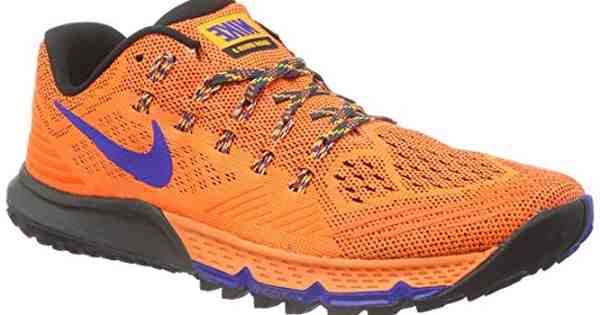
Nike ajoute une touche d’orange à la Free Run Trail Crater
This post contains references to products from one or more of our advertisers. We may receive compensation when you click on links to those products. The opinions and information provided on this site are original editorial content of Sneaker News.
Though far and away from the APC-reminiscent colorways previous, this upcoming Nike Free Run Trail Crater is still a welcome addition to the silhouette’s 2021 line-up.
Fortunately, the recycled material sits more in the background, dressing only the outsole in its multi-colored mixture. The rest of the upper is rendered primarily in a “Cream II” neutral, complementing the white laces and “Cave Stone” midsole that sit adjacent What’s more, for a needed pop of color, the tongue’s branding, laces, and side Swoosh opt for a vivd orange shade.
For a closer look, peer below at the official images. Sizes should hit Nike.com and select retailers soon.
In other news, the Olive Aura Jordan 1 Zoom CMFT is an equally clean Summer shoe.
Make sure to follow @kicksfinder for live tweets during the release date.
A US release date is confirmed for August 17th, 2021.
Nike Free Run Trail « Cream II » Release Date: Aug 17th, 2021 (Tuesday) Color: White / Orange – Cream II – Cave Stone
Mens: $110 Style Code: DC4456-100
Table des matières
Les chaussures de randonnée doivent-elles être serrées ?
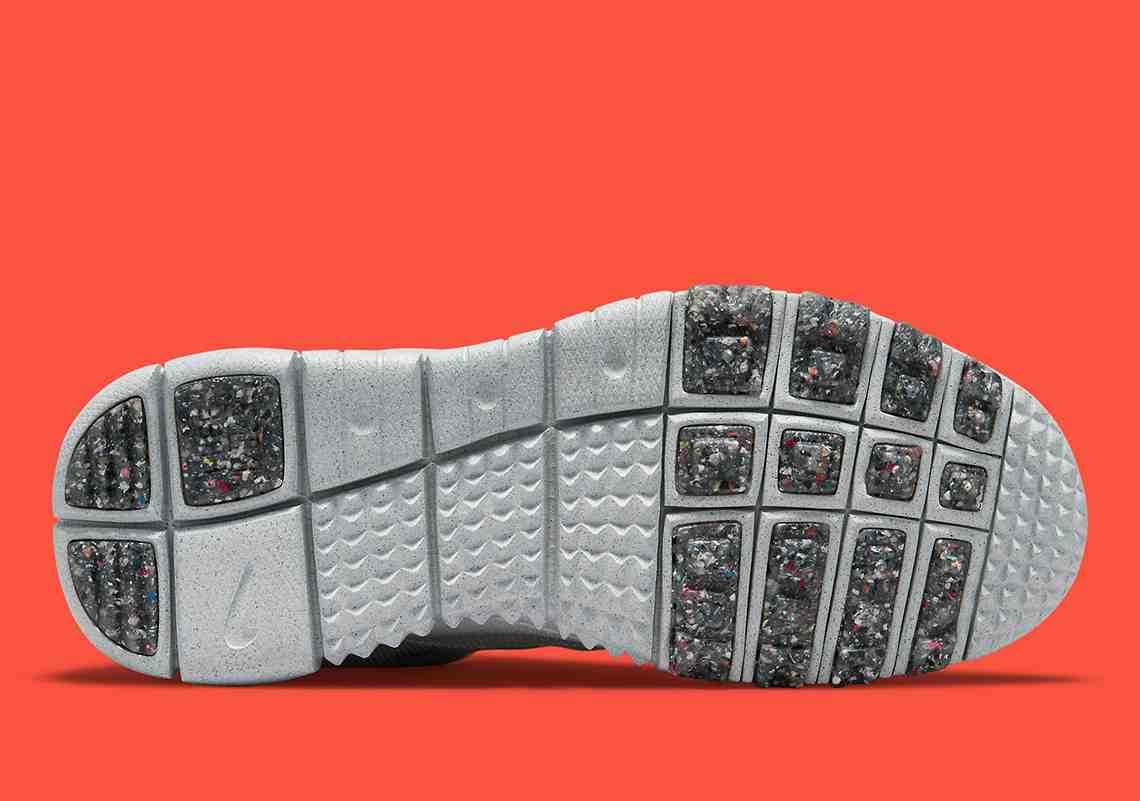
Hiking boots should fit snug everywhere, tight nowhere and offer room to wiggle your toes. Try them on at the end of the day (after feet swell) and with the socks you plan to wear.
How much room should hiking shoes have? A good rule of thumb is to allow a full thumb’s width of space or one-to-two fingers. Depending on the size of a finger, there is a little bit of wiggle room between them but think as average as possible. If the fingers or thumb, move too easily between the space, then they are most likely too big.
Mes chaussures de randonnée sont-elles trop serrées ?
If your toes or the sides of your feet are painfully crunched, the boot is too narrow. If you can slide your foot from side to side inside the boot, then the boots are too wide and may cause blisters on the bottom and sides of your feet.
Faut-il acheter une pointure supérieure dans les chaussures de randonnée ?
Many hikers suggest that a pair of right hiking boots should be a half or full size larger than their normal shoe size or even the hiking boots that fit you perfectly.
Quelle doit être la taille des chaussures de randonnée ?
A trail shoe should fit snugly around the midfoot/arch area and provide a locked-down feeling in the heel to eliminate any lifting or shifting over uneven terrain. In the forefoot, make sure there is at least a thumb’s-width of space between the tip of your toes and the end of the shoe.
Quelle doit être la taille de mes chaussures de trail running ?
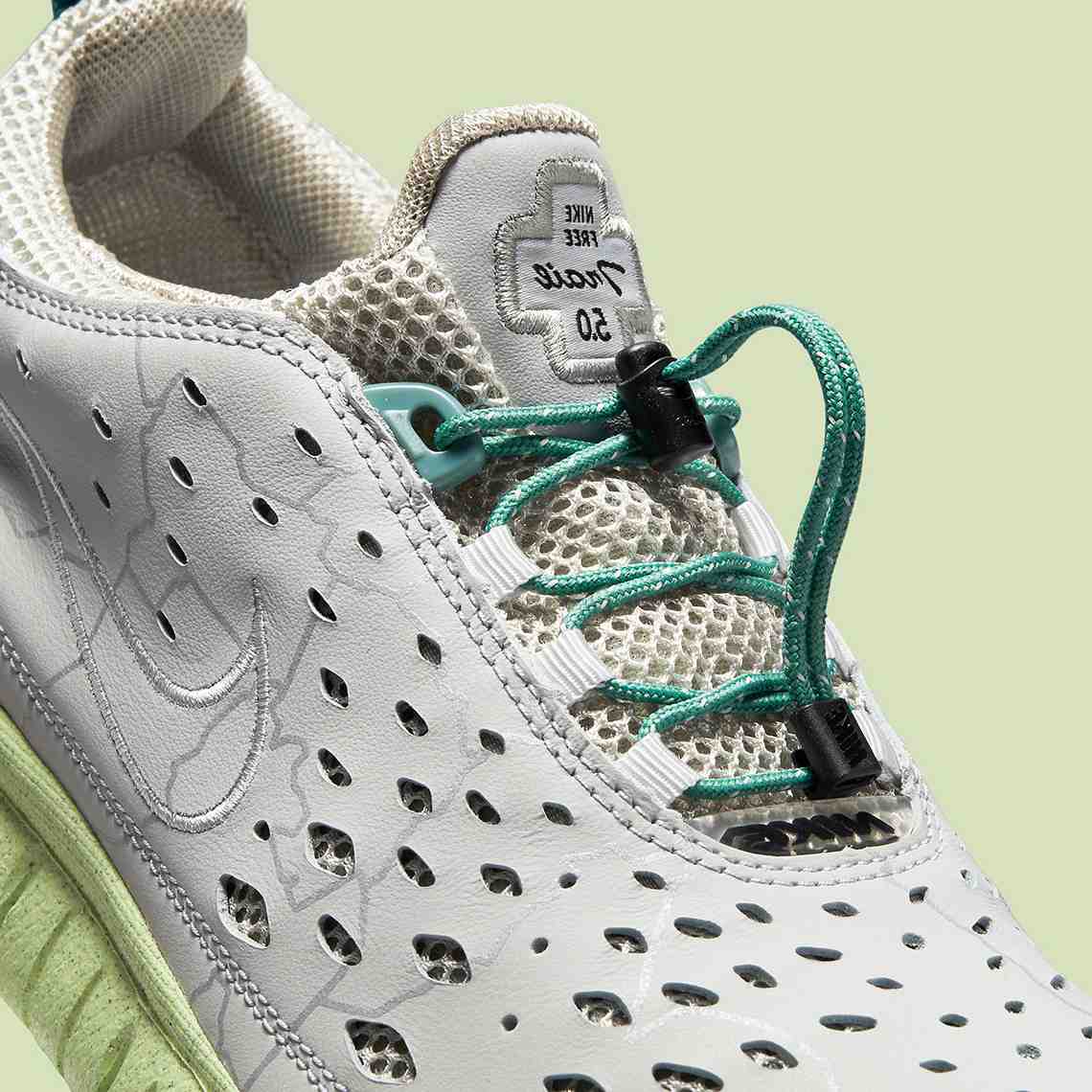
Shoe size is also an important component to consider. It’s best to try shoes at the end of the day due to our feet swelling just like they will during a long trail run, and you should have about a 1cm gap between your toes and the end of your shoe to prevent blisters on your toes or black toenails.
Should you go up a size in trail running shoes? Conventional wisdom holds that your running shoes should be about a size bigger than your dress or casual size. There’s a grain of truth to thatâincreased blood flow and swelling during and after exercise do make your feet expand, so your running shoes tend to be larger.
Faut-il prendre des chaussures de course d’une taille supérieure ?
The further you run the more your foot will naturally expand. This means it’s wise to have just a little extra room (about a thumb’s width) between your longest toe and the front of the shoe. With this in mind, your running shoe should be around a half size larger than the shoe size you usually get.
Les chaussures de trail running doivent-elles être plus serrées ?
A trail shoe should fit snugly around the midfoot/arch area and provide a locked-down feeling in the heel to eliminate any lifting or shifting over uneven terrain.
Quelle taille doivent avoir les chaussures de trail running ?
Toe « wiggle » space Ensure you have at least a thumb’s width of space between the tip of your toes and the front of the trail shoe. When running hills and trails, it is likely that your feet will move forward in the shoe and so you want to make sure the toes don’t bang and rub the front inside of the trail footwear.
Avez-vous besoin de roder les coureurs de fond ?
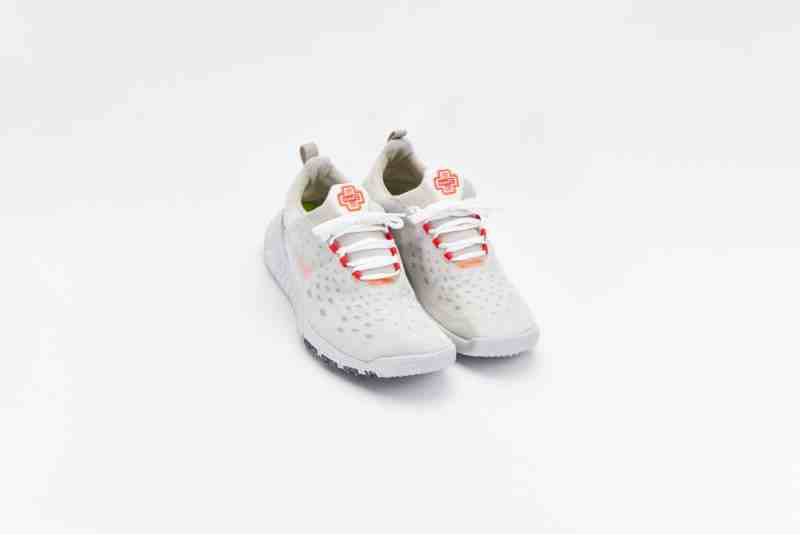
Elite level marathoners and novice runners all have one thing in common: Breaking in shoes. Whether an experienced runner or not, new running shoes often require a break-in period before taking them out for a full long-distance run.
Do you have to break in trail shoes? If you take the time to break in a new pair of hiking boots, you’ll enjoy many comfortable miles on the trail together. … Light hikers may feel perfect right out of the box, while burly leather models may require weeks. The leather needs time to soften up so your boots and feet can conform to one another.
Combien de temps faut-il pour roder des chaussures de trail running ?
As soon as you see or feel any of those telltale signs, though, that’s when you should start shopping. Once you find the right pair, keep running in your old shoes for another four to six weeks and start working in your new ones.
Les coureurs de trail doivent-ils être serrés ?
A trail shoe should fit snugly around the midfoot/arch area and provide a locked-down feeling in the heel to eliminate any lifting or shifting over uneven terrain. In the forefoot, make sure there is at least a thumb’s-width of space between the tip of your toes and the end of the shoe.
Le trail running est-il mauvais pour les genoux ?
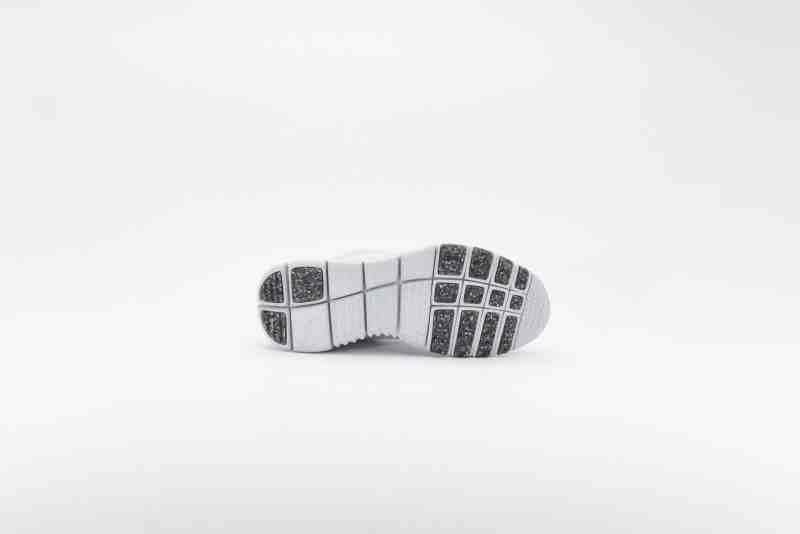
Finally, the uphills and downhills of trail running could cause knee injuries like IT band syndrome, patellar tendonitis, and patellofemoral pain syndrome to flare up. … As for prevention, this is where the balance routine we talked about becomes very important, especially in trail running.
Is trail running better for your joints? Joints. The softer surface of trails, from grass and beach sand to even, hard-packed dirt, is more forgiving than pavementâ¦it compresses with each step. The âgiveâ of the trail eases impact on your joints, and also makes you stronger.
Le trail running est-il meilleur pour les genoux que le running sur route ?
âWith knee pain, especially, and ITB syndrome, shin splints, and any other condition that is worsened with increased impact, » says Dr. Levin, « the lesser impact of running trails is going to feel better than pavement.
Comment protéger mes genoux lors d’une course de trail ?
Le trail running est-il bon pour vos genoux ?
Trails Are Easy on the Joints Over time, this can lead to joint injury as well as arthritic changes. Running trails, on the other hand, provides a softer surface for running. This is naturally easier on your joints and will keep you running longer.